How to Master Margins with Modern Inventory
With R365 Store Operations, your back office seamlessly connects to the front-of-house to drive margins with real-time restaurant inventory management, automated purchasing, forecasting, food costing controls, data-driven scheduling, and seamless shift-to-shift communication.

inventory
Automate Inventory to Control Costs
Simplify inventory counting, easily transfer inventory, and break down menu item costs to spot and take action on problems or opportunities.
- Automate item and recipe costing.
- Track item transfers efficiently.
- Spot patterns in food waste.
- See real-time actual versus theoretical food costs.
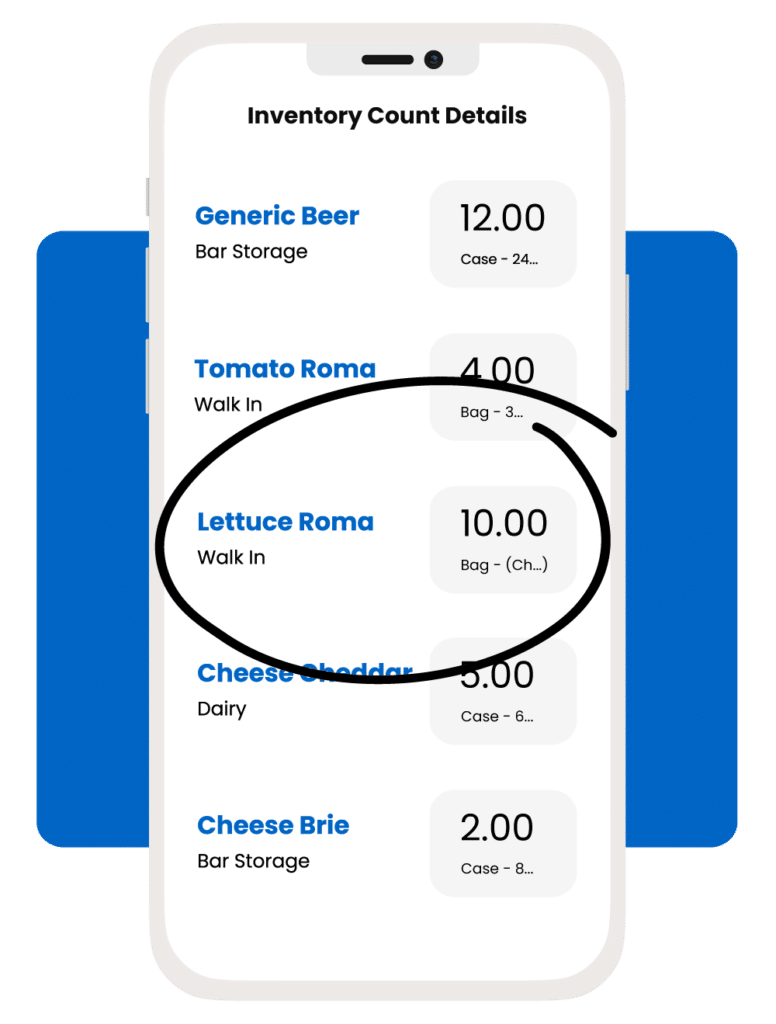
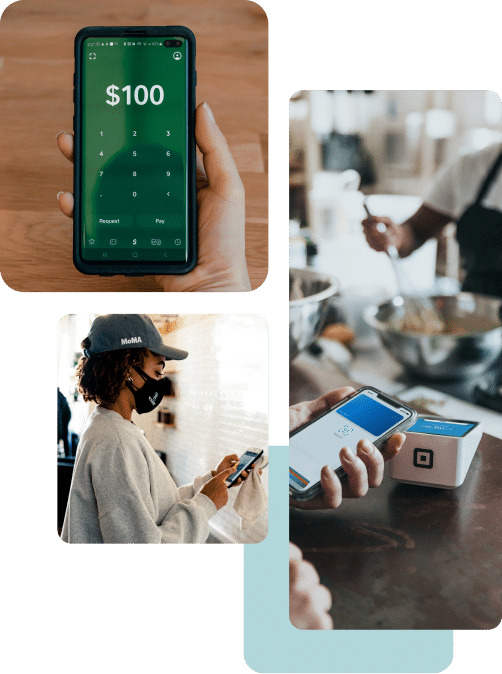
purchasing and receiving
Perfect Purchasing and Receiving
Save on Cost of Goods Sold and increase efficiency by automating your purchasing and receiving processes.
- Use shopping lists for easy ordering.
- Buy only what you need with purchase orders.
- Reconcile vendor invoices.
forecasting
Forecast With Precision
Confidently predict your labor and inventory needs, whether it’s Super Bowl Sunday or a quiet Monday.
- Use data to forecast Prime Cost.
- Build accurate budgets.
- Align your team around a strategy.
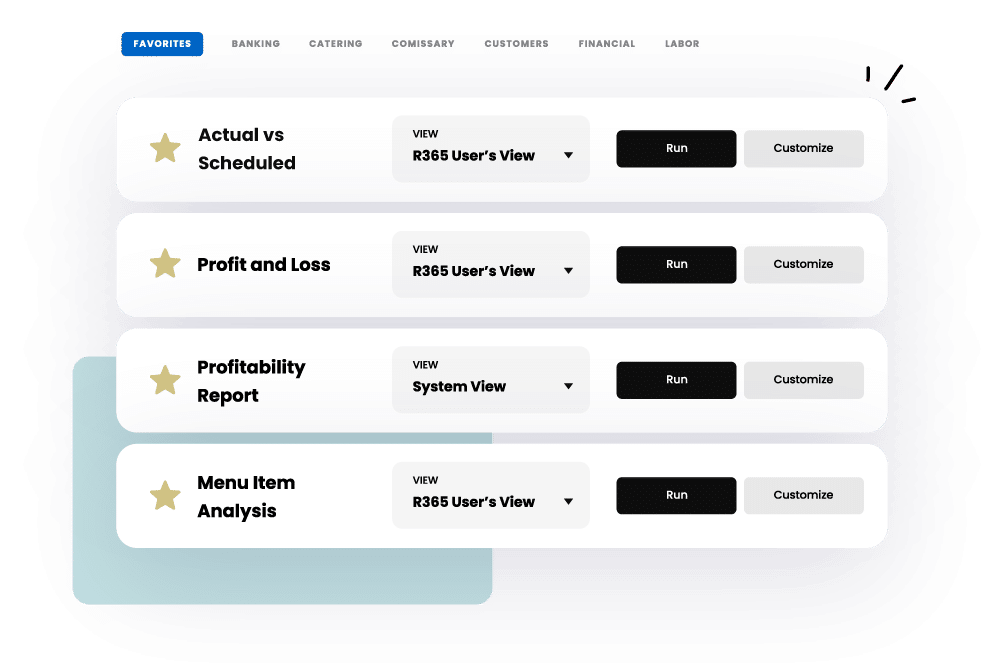

commissary
Take Control of Your Commissary
Commissary ensures consistent food production and uniform use of ingredients across your restaurant locations.
- Simplify catalog management.
- Use pre-built order guides or create your own.
- Manage your commissary kitchen with ease.
- Add a new revenue stream by selling items to third parties.
recipes
Cook Up Winning Recipes
Gain control of your kitchen operations, sales, and bottom line with recipes that specify how much of each ingredient should be in each dish.
- Build custom recipes based on your menu.
- Track actual versus theoretical usage to spot waste and errors.
- Identify your biggest winners and losers.
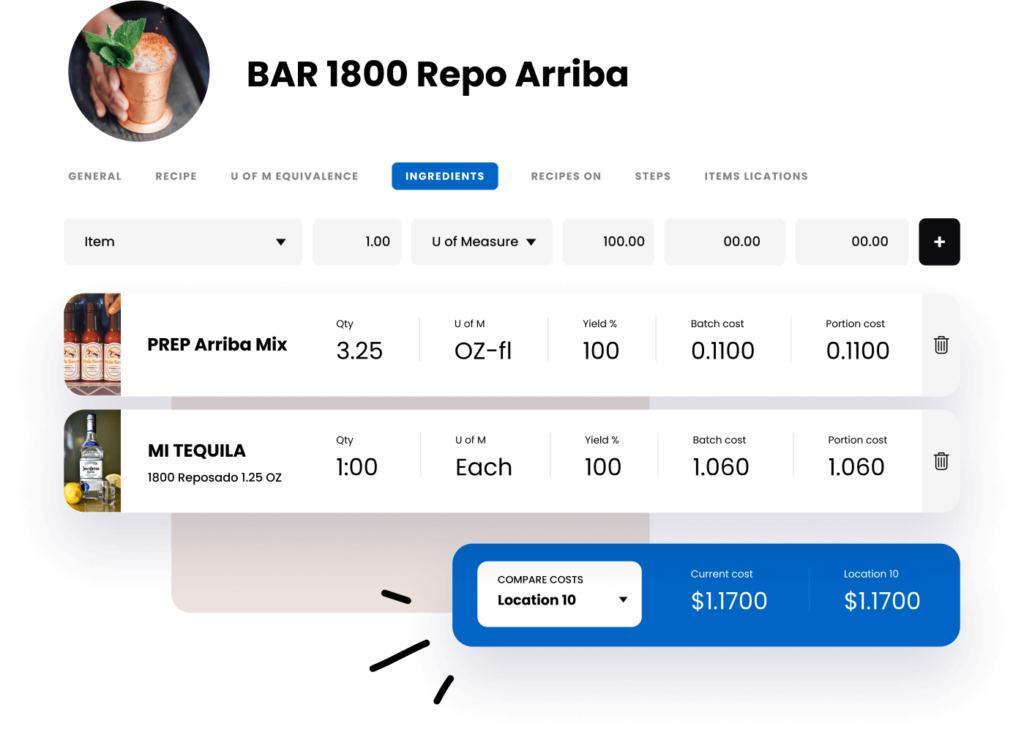

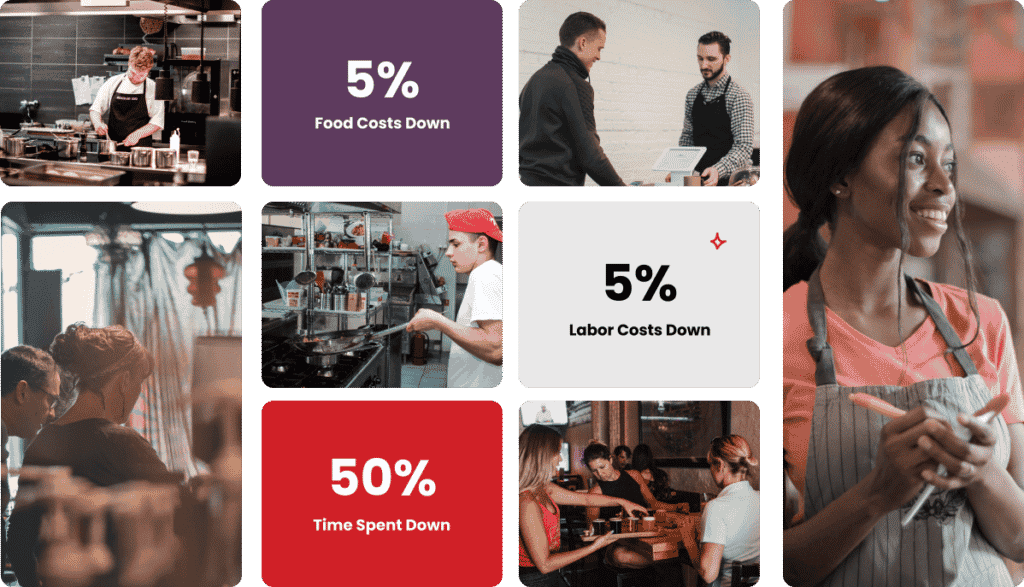
Food Costing
As with any business, restaurants must continuously monitor their revenue, spending, and budgets to maintain their profitability. Aside from monitoring budget and expenditure, food prices can also deeply affect a restaurant’s profitability. If dishes are priced too high, customers will not be inclined to purchase them. If they are priced too low, you could be hindering the amount of revenue generated. For these reasons, restaurants must be precise when determining menu prices.
Food costing is the process by which menu prices are determined. It is not so much of a process as it is a calculation. For restaurants, it is essentially the Cost of Goods sold. Food cost is commonly expressed as a percentage, known as the food cost percentage. which is the ratio between how much it costs to make a dish and how much profit you make from that dish. This calculation is known as the food cost formula. Menu pricing is derived from this formula.
There’s no need to panic if math isn’t your forte. Restaurant365 has an easy-to-use food cost percentage calculator to help you determine your menu pricing. Using the food cost percentage formula, you can better understand where your pricing should be to stay profitable. You can calculate the food cost of a single dish to monthly expenses, providing a more comprehensive understanding of your restaurant’s growth potential and performance.
Aside from guest experience, developing and implementing a food cost strategy helps monitor growth and maximize profits. Whether you are determining the food cost percentage for a single dish, restaurant, or group, this metric provides key insights into improving performance and profit margins. You can easily make data-driven decisions based on this information, so it is crucial to monitor this number continuously.
Food Costing Formula
Food cost percentage highlights the relationship between the cost of preparing a dish and the profit gained once that dish is sold. It can be determined for a single dish or a month’s worth. While an industry-specific restaurant management system is best for determining food cost, you can also use a simple formula for the store level:
(initial inventory + purchases) – ending inventory ÷ total food sales = food cost percentage
This is the basic food cost format. Whether you want to know how to calculate food cost per serving or the monthly food cost formula, it is important to understand where inventory costs and what sales should be. This is where your actual and theoretical food costs come into play.
Your theoretical food cost is what your food cost should look like in theory assuming all portions are sized perfectly, there have been no mistakes or theft, and prices were what you budgeted. Compare this figure to your real-time sales and inventory numbers gathered from your restaurant management system, and you can see where the variance lies. Food waste, theft, and unaccounted price changes are the most common reasons for variance between actual and theoretical food cost percentages.
If a variance exists between actual and theoretical food cost percentages, there is a negative impact on your profit margins. Using your restaurant management software, you can examine the discrepancies further to determine where they are occurring. This is an excellent step toward your restaurant running more efficiently and maintaining profitability.
While you may not hit your ideal food cost, it is recommended as a general rule of thumb to aim for a food cost percentage of 28% to 32%. It is also important to remember that different industries may have varying food costs. For example, food costing in the hotel industry may have a different target food cost percentage than fine dining establishments.
Food Costing Calculator
Luckily, you don’t have to go it alone when it comes to food costing and pricing. Restaurant365 has a simple food cost calculator app to help you determine your food cost percentages in just a few clicks. There are a few figures you will need on hand before getting started.
First and foremost, you want to note the timeframe for which you are calculating your food cost percentage. You can choose between a year, a quarter, a month, or a week. A monthly food cost calculator is especially helpful for restaurants looking to gain insights into their pricing and profit margins month over month.
Next, you need to count your initial inventory and input prices. No matter what timeframe you choose in the previous step, you will need to know what your inventory looked like at the start of that period of time. This number is reflected as a dollar amount.
Following your initial inventory amount is your expense amount. This is where you note the dollar amount you spent on ingredients and beverages over the course of the time period you selected.
Next, you note your ending inventory for the given timeframe, followed by your total sales of the year, quarter, month, or week. Once you enter this information into the calculator, it will generate your food cost percentage for the selected timeframe.
For example, let’s say you want to calculate your food cost percentage for last month. Records show your beginning inventory was $65,000, your expenses were $52,000, and your final inventory for the month was $57,000. After doing $200,000 in sales, your food cost percentage is right on target at 30%.
While the calculator is an easy way to determine your food cost percentage, many people use Excel. However, the convenience of Excel is overshadowed by its many downfalls.
Food Cost Formula Excel
As with many other tasks, food costing is essential to restaurant ownership. Gaining insight into where your pricing should be compared to your expenses and sales is how you ensure your restaurant is profitable. It is one of the many reasons food costing is so important.
When starting, it is not uncommon for restaurant managers to lean toward using programs that are easily accessible. Most often, this program is Microsoft Excel. While Excel does have some benefits, the cons outweigh the pros when it comes to food costing.
Using its food cost formula, Excel can generate your food cost percentage. With the cost calculator, Excel templates can be made for different variations of the food cost formula. For example, you can create a recipe costing template to determine the food cost percentage of a single recipe.
Aside from the few benefits, Excel has many disadvantages that thoroughly work against the efficiency needed to manage restaurant expenses and profit margins. While it may be helpful to input the food cost percentage formula, Excel invites the possibility of unprecedented errors. Even with such templates, like the food cost calculator, Excel is labor-intensive and time-consuming, meaning restauranteurs spend a significant amount of time inputting data rather than focusing on other essential functions for smooth operation.
Although it’s understandable why growing restauranteurs use Excel to start food costing, it is undeniable that a food cost calculator app and a restaurant-specific solution are better to help streamline accounting and set the stage for growth.
How To Calculate Food Cost For A Recipe
As previously discussed, there is an abundance of reasons why Restaurant365’s food costing calculator is superior to Excel. The calculator provides a simple way to determine food costs. Formatting in Excel may seem like a plus, but the manual effort required overpowers the benefits.
With Restaurant 365’s food cost calculator online, options are available to determine the food cost on a yearly, quarterly, monthly, or weekly basis. You can even calculate the food cost of a single recipe.
Just as you would determine food cost for a month or year, you would need to note the beginning inventory cost of the ingredients used, the amount spent on said ingredients, the ending inventory amount, and the sale price of the dish. You can enter this information into the food cost calculator to generate your food cost percentage of the recipe. Furthermore, you can calculate your actual and theoretical food costs for the recipe and compare them.
Even at the recipe level, comprehending the variances between your actual inventory and recipe costs and what was budgeted vividly reveals sources of unexpected expenses and highlights what needs improvement. You should also consider this information when deciding on menu prices.
Calculating your food cost percentage can help you examine how your menu items perform. You may notice some things are more profitable than others and decide to adjust accordingly. You can raise prices, adjust ingredients, or ultimately choose to remove the menu item altogether. Promoting dishes with low food costs is ideal as they can help boost profit margins.
Food costing is an essential function of restaurant management and ownership. Knowing where discrepancies lie in food costs and expenses can help mitigate waste and maximize profits. A restaurant management system, like Restaurant365, can help streamline this process with more efficiency and accuracy. As you plan ahead, implementing a system that delivers accurate data and flexibility is vital to better understanding your business and uncovering opportunities to make changes as challenges arise.
Accounting and Payroll Software | Accounts Payable Process | Best Inventory Management Software | Best Restaurant Management Software | Food Inventory Management | Inventory Management | Inventory Management Software | Inventory Tracking Software | Kitchen Operations | Kitchen Operations Checklist | Online Restaurant Management System | Restaurant Management | Restaurant Management System | Restaurant Software Systems | Restaurant Staffing | Restaurant Staffing App | Restaurant Staffing Guide | Workforce Payroll
R365 Customers Succeed with Restaurant-Specific Operations
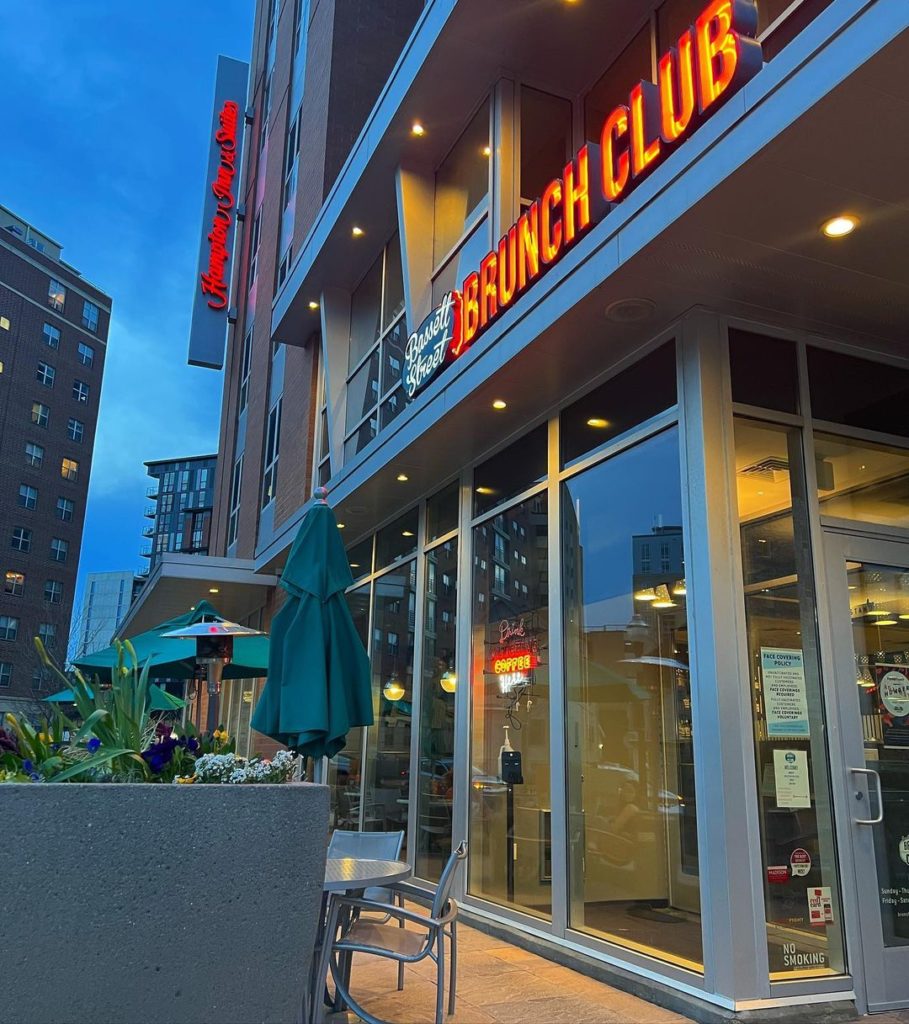
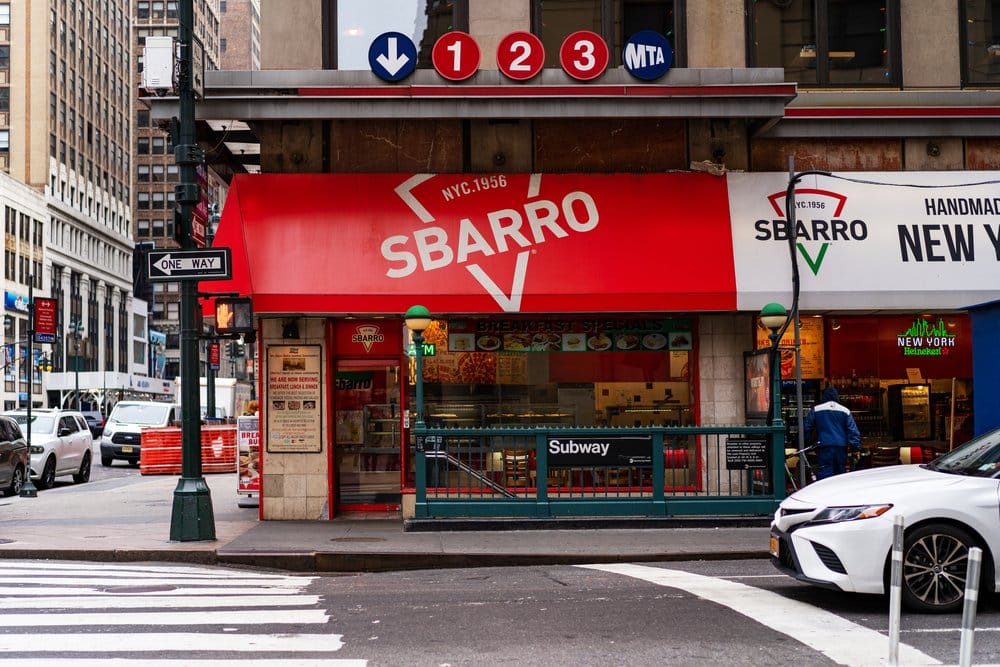
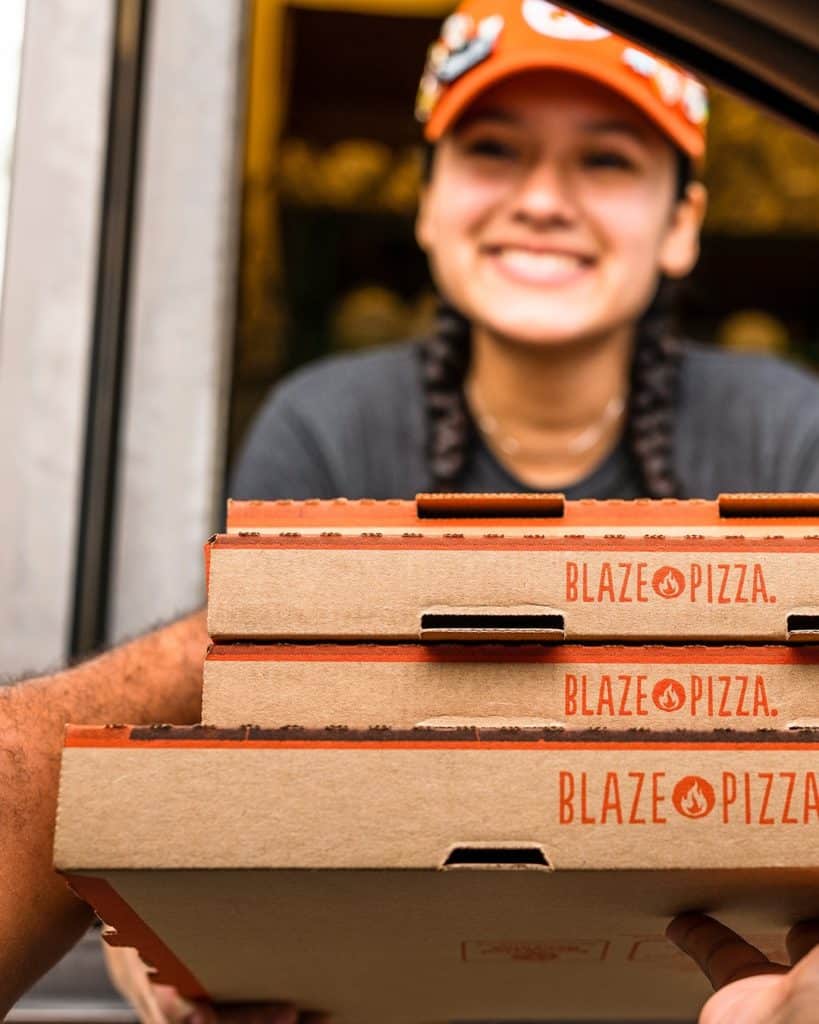
Boost Margins with a Restaurant-Specific, All-in-One Platform

R365 Store Operations
Looking Solely For Restaurant Operations Software?
We get it, you're on the market for store operations software and you'd like to stick with your current accounting and workforce platforms. No problem!
See How You Can Save Money with R365
Request a Demo of
R365 Store Operations
Learn how R365 Store Operations can help you master back-office operations.


